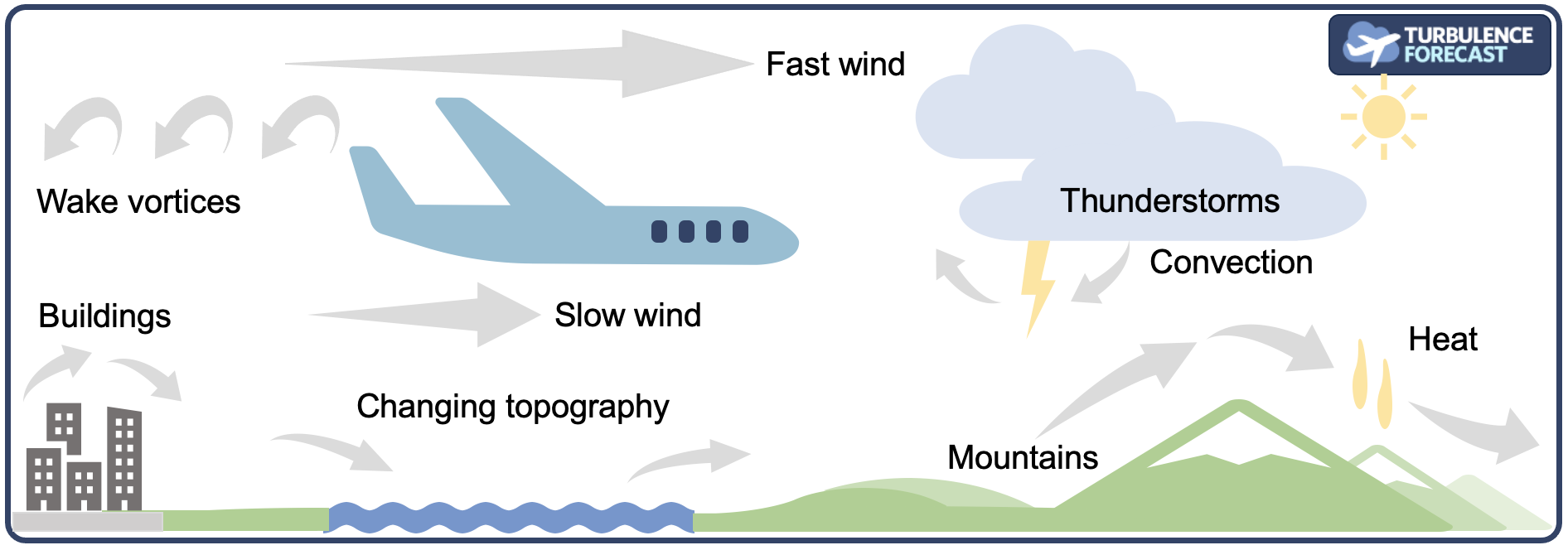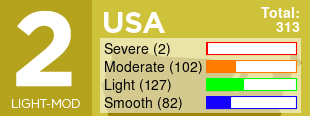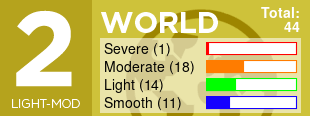Are you an Android developer and love the site? Contact us
updated (Apr 14, 2024)

(c) Turbulence Forecast 2023
What is turbulence and where does it come from?
Updated November 14, 2023
The word turbulent comes from Latin and means “full of commotion”—it originally referred to a crowd of people. For air travel, it describes a weather phenomenon that results in irregular, “turbulent” air motion that often comes on suddenly. Air can move irregularly in response to several factors:
- geographical and man-made structures, such as mountains, lakes, buildings, or even other planes
- weather and wind conditions, such as fronts, thunderstorms, jet streams, wind shear, and others
- temperature differences in layers of air that cause different wind speeds.
These factors, either by themselves or in combination with each other, cause eddies and currents in the air that you might feel when you fly through them. The type of turbulence that is created is based on those underlying conditions. Because planes fly through many layers of air during take-off, cruise, and landing, most flights encounter some kind of turbulence, even though it might be imperceptible to passengers. Turbulence can be short-lived while a plane is climbing or descending through a rough patch of air or clouds, or longer lasting if the plane has to cross a mountainous region in the summer heat, for example. Turbulence can happen in clear air, called clear air turbulence (CAT).
How much of that turbulence you feel in flight depends on the size of the plane, the speed of the plane, your location in the plane, and the intensity of the turbulence, which is measured as light, moderate, severe, and extreme. All commercial airplanes are built to fly securely in these turbulence conditions. Through their construction, planes also absorb some of the air motion, to provide a smoother ride to passengers. Pilots are trained to fly safely through any type of turbulence, although they will plan routes to avoid it as much as possible, for a more pleasant flight for you and the crew. Severe and extreme turbulence is exceedingly rare and not usually encountered during commercial flights.
Because irregular air flow can come from any direction, turbulence can happen along all axes of a plane, which means that you can feel side to side or up and down motions. Turbulence can feel like you’re sitting in a boat and hit a few waves in the ocean, or like you’re going through a set of rapids in a river. Movements can be steady and repetitive (called chop), or unexpected and sudden. While it’s safe for the plane to fly through turbulence, it can be unsafe for you to be standing or walking when sudden movements are possible, because you could fall, bump your head, or things could fall on top of you. So always buckle up when you are seated!


